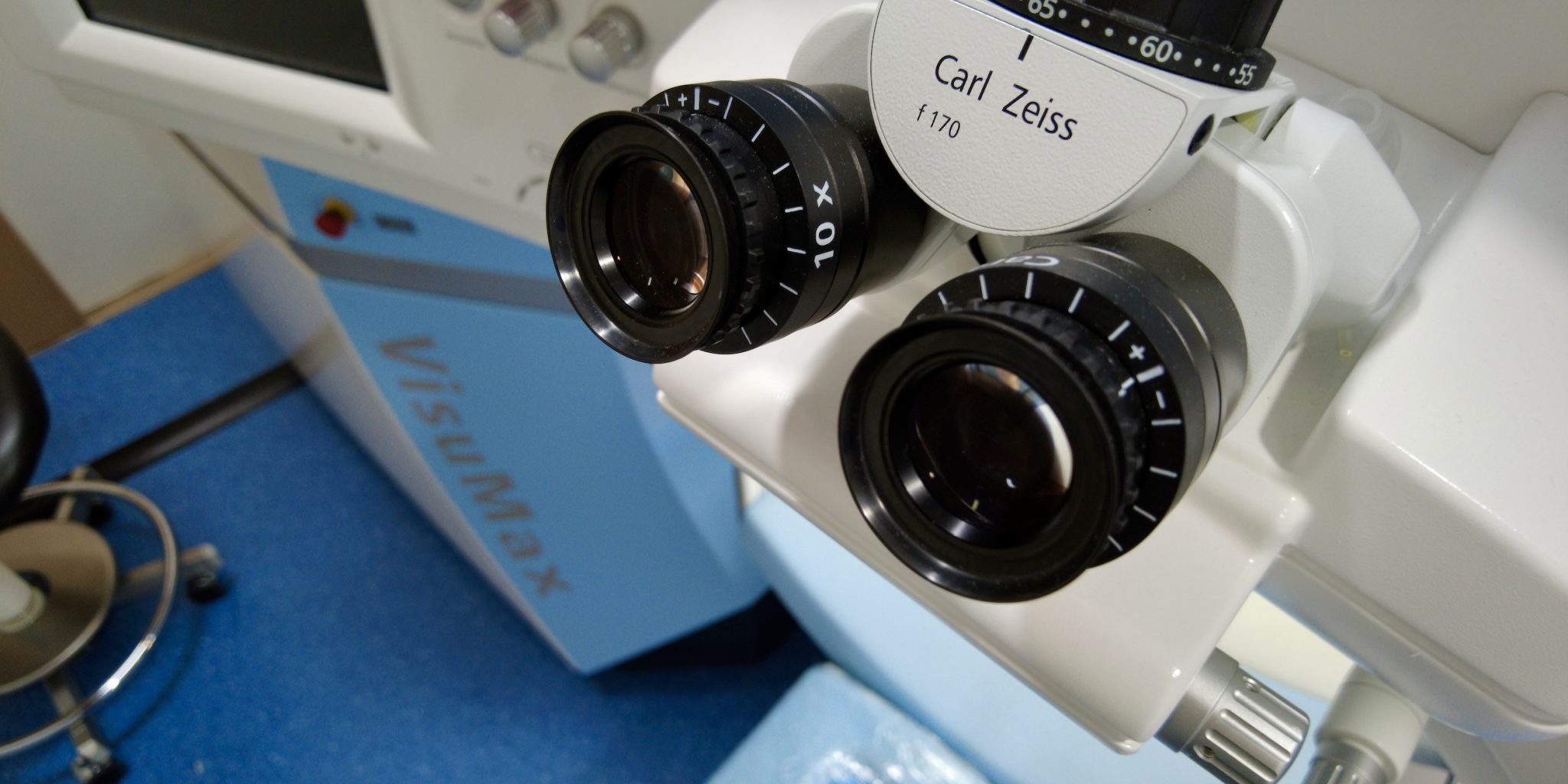When you hear the ‘laser eye surgery,’ what do you think? A specific type of corrective measure to restore impaired vision? Well, you are not far off from the truth. However, there is more to that definition. Let’s make some comprehensive expositions.
What Is Laser Eye Surgery?
Laser eye surgery involves using a cool laser to restore impaired vision to a perfect state. Based on the prevailing success stories, laser eye surgery can give you a sharper and clearer sight than what you used to experience. Suppose you have been wondering why some people who have seemingly good vision still propose to have a laser procedure. In that case, they know the surgery can make life better visually.
Laser eye surgery can correct a wide range of vision impediments, severe or minor. There are a few vision problems that require the help of laser eye surgery. They may include nearsightedness, farsightedness, astigmatism, partial blindness, color blindness, and more.
Related: Are You Qualified To Have Laser Eye Surgery? Here Are the 8 Best Criteria to Know
The Boom In The Laser Eye Surgery Practice
Based on statistics, laser eye surgery is among the most commonly practiced eye surgery throughout the world. Primarily, the procedure’s ever-increasing demand is associated with the trend of LASIK surgery that amazes everyone with its magical healing power. Though LASIK is the most popular laser eye surgery, there are several other types of laser surgery that heal all kinds of vision deformities.
These other laser-assisted eye surgeries reduce the risk of partial or total blindness, improve post-surgical recovery time, and reduce costs. Though, the various effective laser surgery options are not popular in surgery centers. But, the increasing number of surgeons trained to perform laser eye surgeries has dramatically increased the practice.

What Are The Major Laser Eye Surgery Options?
Generally speaking, very few people have heard about any laser eye surgery other than LASIK. Of course, LASIK remains the most performed laser-assisted eye surgery. But, you can easily opt for other laser eye surgery if the doctor says you are not medically qualified for the LASIK procedure.
Are you wondering about what your other options can be? Here’s a detailed list.
1. LASIK
Laser-assisted in situ keratectomies (LASIK) describes what happens during the procedure. In this practice, the surgeon will use a laser operated by a pre-programmed computer to remove a few tissues from the cornea to reshape it. If that is successful, it will help the cornea to reflect more light to the retina.
LASIK is the most effective option for laser eye surgery. Amazingly, not everyone can undergo the procedure. Indeed, the decision to go for LASIK surgery must come from your eye doctor after a series of tests. The criteria required to be a good candidate for LASIK eye surgery include:
- You must be 18 years and above
- Your refractive error must be stable
- You must not have any history of severe eye infections
- You must have perfect eye health
- You must have a thick cornea
- You must not have underlying health problems
- You must not have an aversion to surgery
Generally, if you are between 18 and 60 years, you can most likely undergo LASIK eye surgery.
2. Photorefractive keratectomy (PRK)
PRK is a less known laser eye surgery option but is super effective than LASIK. It produces the same result as LASIK. Interestingly, it involves the same practice of reshaping the cornea to help it focus more light on the retina. The difference is almost in the name. If your friend goes for LASIK while you enroll for PRK, you will have the same result.
PRK works best for people who are suitable for LASIK but possess thinner cornea. PRK is also ideal for people with chronic dry eyes. As it is for LASIK, you must be up to 18 years and above before qualifying for laser eye surgery.
3. Small Incision Lenticule Extraction (SMILE)
This laser eye surgery option is newer to the medical world. Like other laser-assisted surgeries, SMILE is a refractive eye surgery that eliminates chronic vision problems. Some of them include nearsightedness, farsightedness, astigmatism, and presbyopia. The surgeon will then uses the laser to make a lenticular shape in the cornea. During this process, the surgeon would be conscious enough to extract the lenticular shape through the slightest incision possible.

4. Laser Epithelial Keratomileusis (LASEK)
LASEK is another laser-assisted eye surgery that combines the effectiveness of LASIK and PRK. Though it is not as popular as LASIK and PRK, it can magically transform a seemingly worse vision into the best possible. Just like PRK, LASEK is a good alternative for people who can’t enroll for LASIK.
Like SMILE, the LASEK procedure doesn’t involve the use of a femtosecond laser to create a painless incision in the epithelium, LASEK surgeon uses a well-mixed alcohol solution of about 20 percent on the upper cornea layer to detach the thin layer. That will produce a narrower opening from which the surgeon will reshape the cornea. LASEK is an excellent laser eye surgery option for people with thin corneas.
5. EPI-LASIK
This laser eye surgery involves using a small suction device with an epikeratome blade to make a thin flap in the cornea. The thin flap will then create a thin flap than other types of laser procedures mentioned earlier. EPI is a form of LASIK with a very similar result.
6. Posterior Capsulotomy (YAG)
You can only go for this laser eye surgery after undergoing cataract surgery. Sometimes, cataract surgery can cause the membrane at the back of the new artificial lens to be cloudy when there is a scar in the tissue. In that case, there is a need to enroll for another cataract surgery. That’s when you need posterior capsulotomy.
In Conclusion
All the types of laser eye surgery are safe, quick, and very effective in results. However, as much as they vary slightly in operation, they differ in recovery periods. Overall, patients should have their vision restored within the first fourteen days. To determine which type is best for you, contact your healthcare provider.



